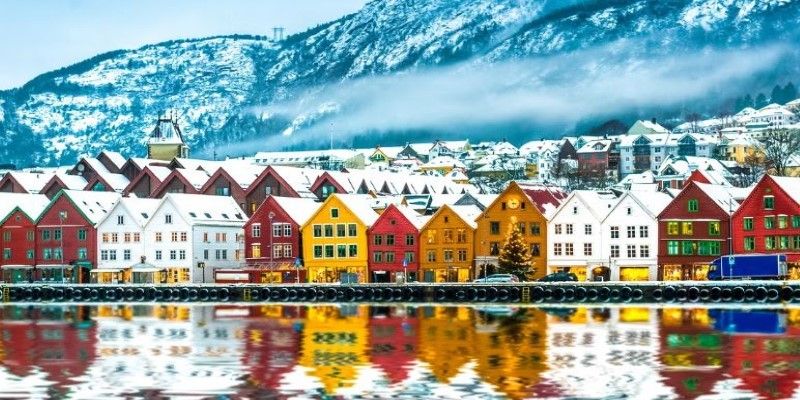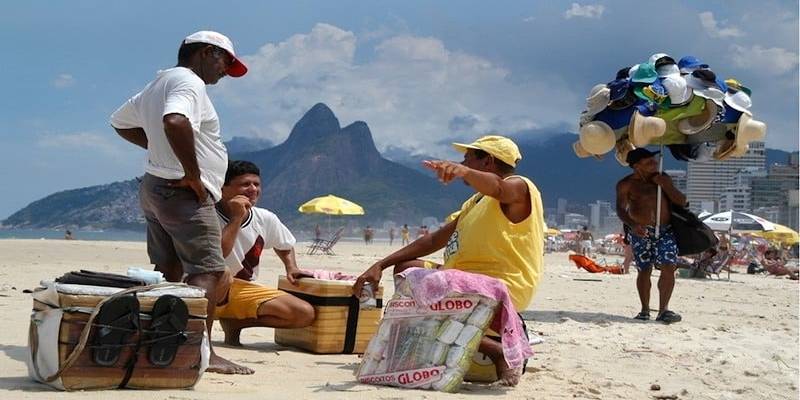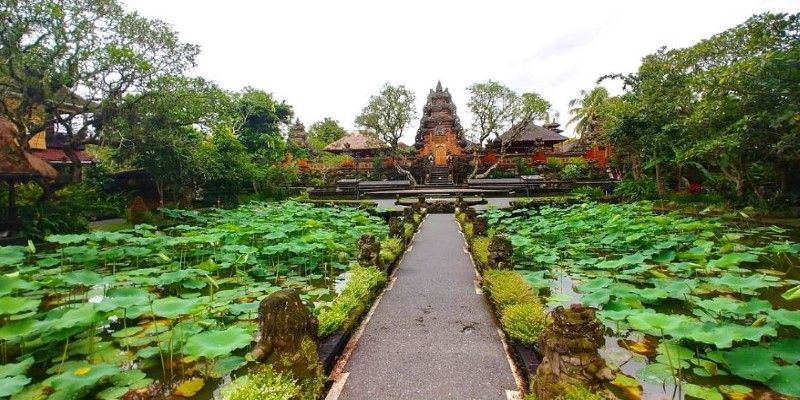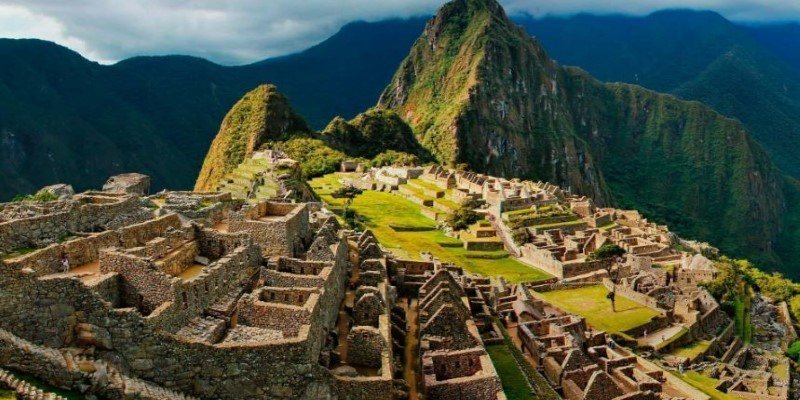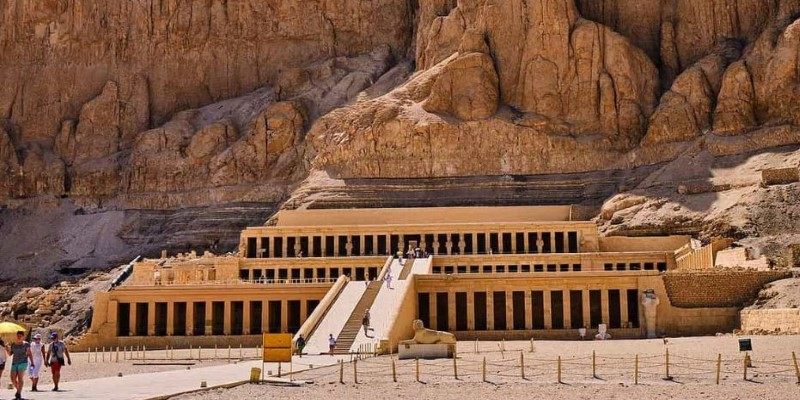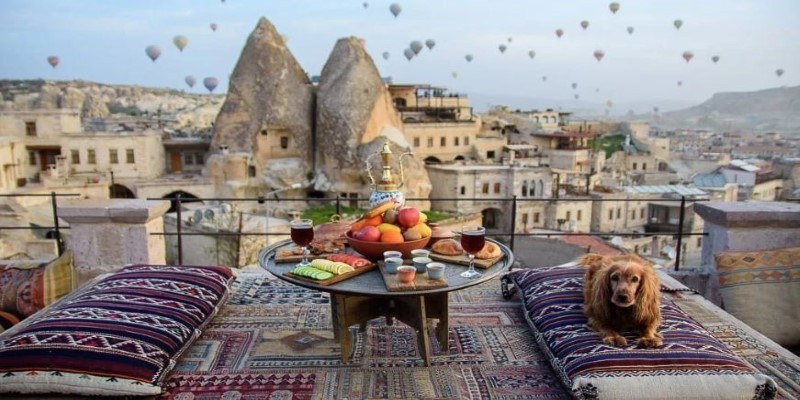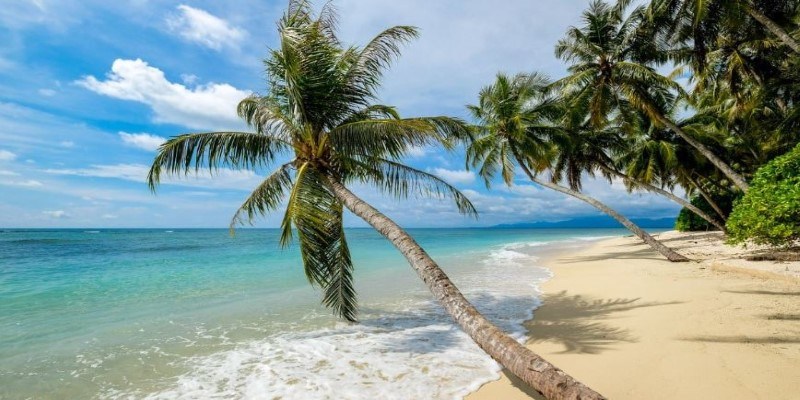Cusco is the former capital of the Inca Empire. It's a breathing city in the heart of the Andes. Once, it was the centre of a vast empire that extended to many parts of South America. Now, the city, which is called Cusco, combines the ancient culture of the Incas with colonial influences and gives us a unique glimpse into Peru's past.
The city's cobbled streets, impressive ruins, and stunning architecture testify to the Incas' great engineering expertise. From the giant stone walls of Sacsayhuamán to the gold leftovers of Qorikancha, Cusco holds the secret to Inca civilization. It's a living testimony to a culture that is still changing the region.
The Heart of the Inca Empire
Cusco, the once capital of the Inca Empire, is considered the origin of Peruvian civilization. Strategically positioned in the Andes mountains, it had been the heart of a vast Inca Empire which covered much of South America. Today, the cobblestone streets and old buildings stand as a testament to its glorious past. The precision at which Incas built their structures clearly manifests in the great works of stoneworking that can still be seen in Cusco's old town. In most of the buildings, they used cutting stones that fit almost perfectly together, with such close tolerance that not even a thin blade of grass could slither between them, giving some proof of the Incas and their advanced engineering and architecture knowledge.
The historical importance of Cusco extends far beyond the impressive ruins and architecture. The Inca Empire was deeply connected with the land, having an intricate understanding of agriculture, astronomy, and natural resources that shape the region to this day. Walking through the city, it's evident that Inca culture continues to influence local traditions and practices, from agriculture to religious ceremonies.
To truly experience the ancient power of the Inca Empire, a visit to Cusco’s archaeological sites is essential. Sacsayhuamán, an ancient Inca fortress just above the city, offers a breathtaking view and showcases the precision of Inca stonework. The stones here fit so tightly that not even a piece of paper can slip between them. Another important site is Qorikancha, the Temple of the Sun. Though much of the temple was destroyed by the Spanish, the remnants of its golden walls still evoke the grandeur of the Inca Empire. Today, Qorikancha is part of a colonial church, blending Inca and Spanish influences that make Cusco’s history so unique.
Cusco’s Cultural Heritage
While the Inca ruins are the primary attraction in Cusco, the city's cultural heritage extends far beyond its ancient monuments. Cusco is a living testament to the traditions of the past, and its vibrant festivals, bustling markets, and Indigenous communities all play an essential role in preserving its unique identity. Peruvians take great pride in their Inca roots, which are celebrated throughout the year in a variety of festivals.
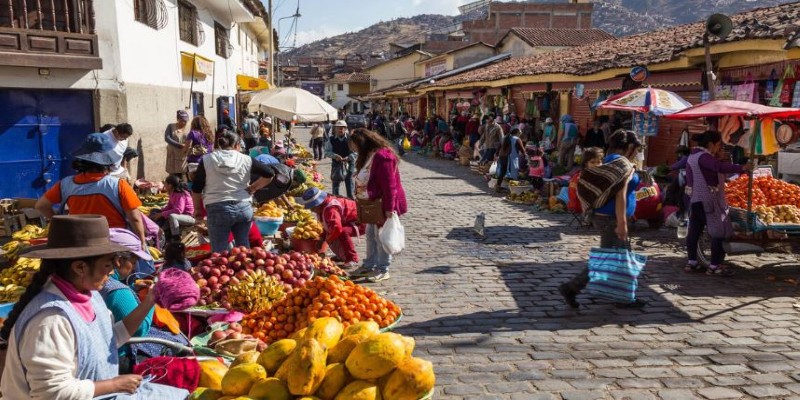
One of the most significant celebrations is Inti Raymi, or the Festival of the Sun, held every June to honour the winter solstice. This re-enactment of an ancient Inca ceremony pays tribute to Inti, the Sun God. The festival transforms Cusco's main plaza into a stage for colourful parades, music, and dances, with people dressed in traditional Inca costumes performing rituals passed down through generations.
Cusco’s culinary scene also reflects its Inca heritage, with the city’s markets offering a sensory feast. Local produce, spices, and ingredients like quinoa, potatoes, and corn feature prominently in the region’s cuisine. One must-try dish is cuy, or guinea pig, a centuries-old Andean delicacy often served during celebrations and festivals.
Cusco's textiles are another important part of its cultural identity. Local artisans have crafted handwoven fabrics featuring intricate patterns and vibrant colours for centuries. These textiles tell stories of the people's connection to the land, nature, and spirituality. Many of Cusco's weavers, especially women from indigenous communities, continue to use traditional techniques passed down through generations, ensuring that this vital part of Inca culture endures.
A Modern City with Ancient Roots
Cusco, while deeply rooted in history, is far from a city frozen in time. It stands as a dynamic fusion of ancient traditions and modern influences. The city’s unique blend of Inca and Spanish architecture creates a distinct atmosphere, where colonial buildings share space with magnificent Inca ruins. As a UNESCO World Heritage site, Cusco draws millions of tourists each year, eager to experience both its ancient past and contemporary vibrancy.
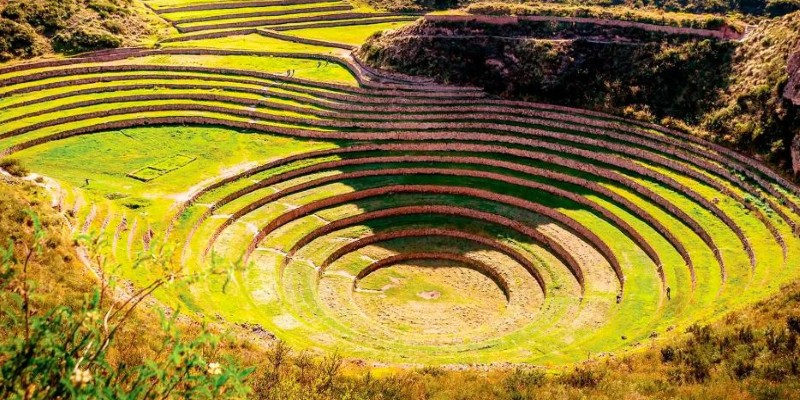
Serving as the gateway to the Sacred Valley and Machu Picchu, Cusco is a bustling tourist hub. However, despite its popularity, the city has managed to preserve its strong local identity. The people of Cusco are known for their warmth and pride in their heritage, readily sharing their customs, traditions, and festivals with visitors. Whether you're strolling through colourful markets, sampling traditional Peruvian dishes, or participating in a local celebration, Cusco offers a unique opportunity to experience a culture that is as much alive today as it was centuries ago.
In Cusco, history isn't merely something to observe; it's something you live. From the towering Inca ruins to the vibrant street life, the city offers a rare chance to witness a culture that continues to evolve while staying firmly connected to its roots, making it a truly remarkable destination for travellers.
Conclusion
Cusco is a city where ancient Inca culture and modern traditions coexist, offering a unique and vibrant experience. From its historic ruins and festivals to its indigenous food and textiles, Cusco invites visitors to immerse themselves in its rich cultural heritage. The Inca influence is alive in the city’s celebrations, culinary traditions, and craftsmanship, providing a window into a civilization that continues to shape life in the Andes today. A visit to Cusco is not just a journey through history; it’s an opportunity to experience the living, breathing culture that has endured for centuries.

